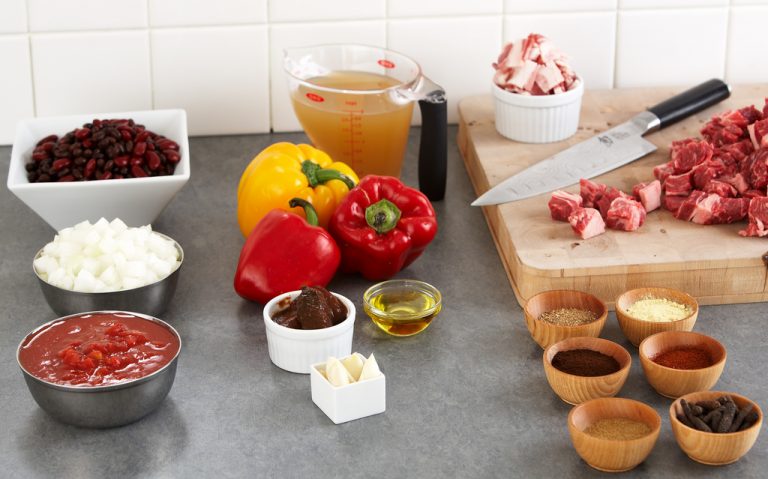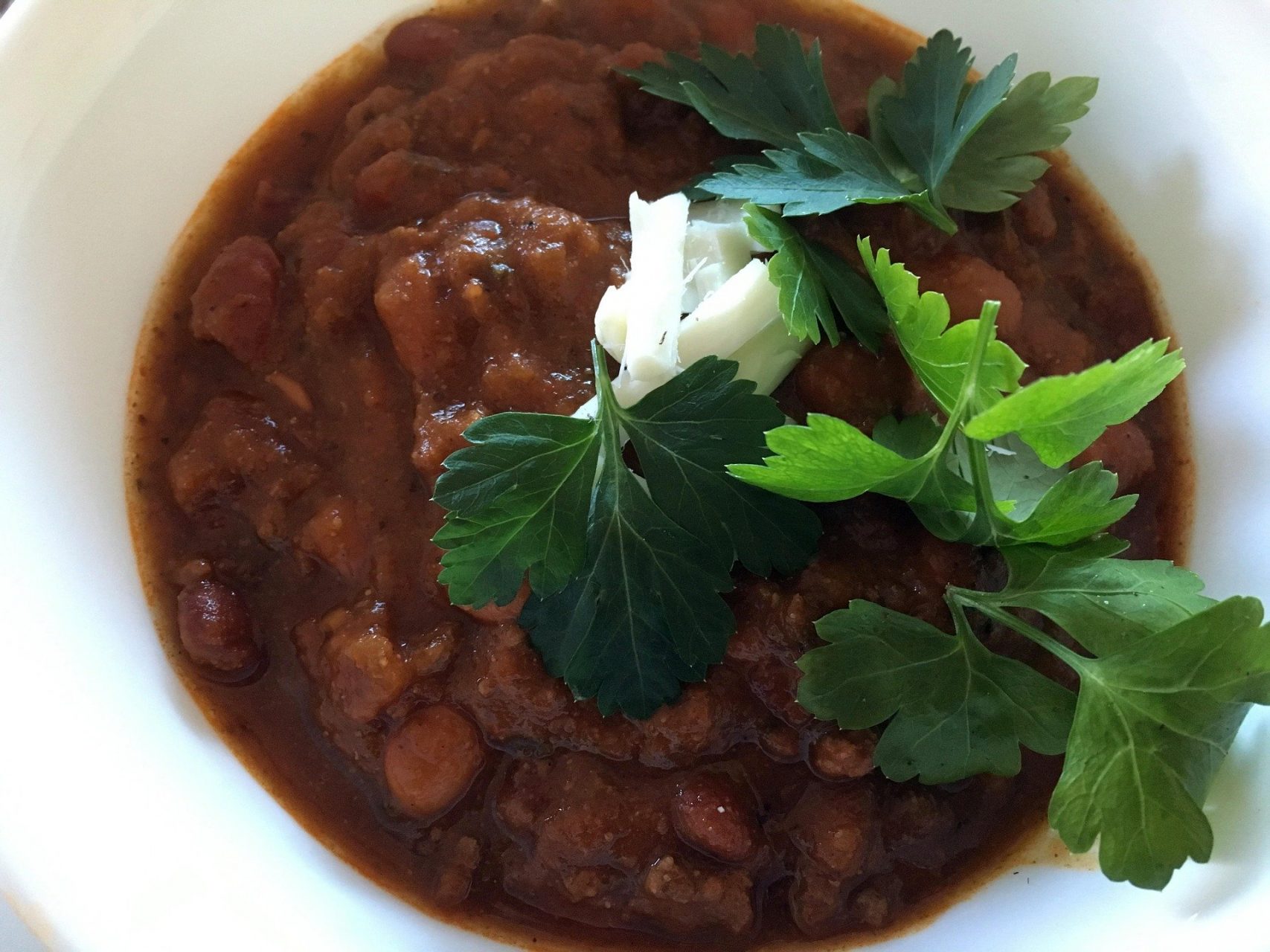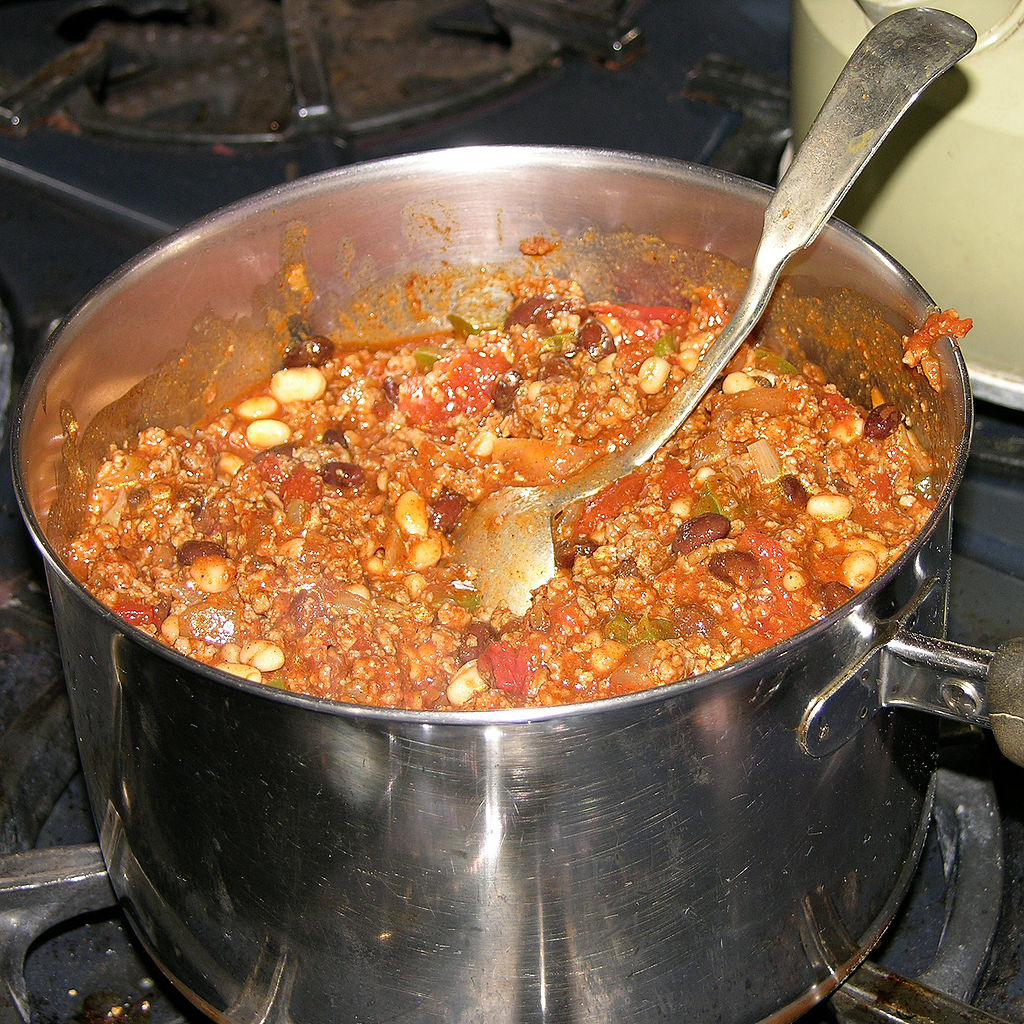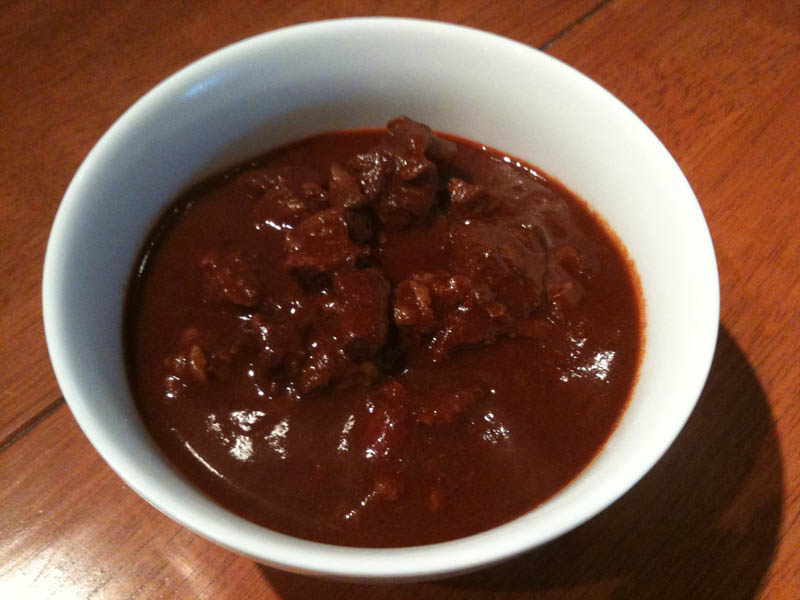
When it comes to all-American cuisine, few things have as big a country reputation as a good, piping hot bowl of chili. It’s a dish that harkens back to the old days where cowboys and ranchers roamed the West. It’s a treat that first entered the American psyche as a part of necessity, but quickly became a symbol of country cooking.

America takes its chili seriously. Chili festivals can be found in almost every state. Among many families, chili recipes are family heirlooms and closely-guarded secrets. Winning a chili cookoff, in certain circumstances, can be the title needed to springboard a career in the culinary arts. Considering how popular chili is, it’s hard to envision a way that the dish could be controversial.
And yet, there is.
One of the bigger controversies surrounding chili is the inclusion of beans into the mix. Surprised? As a food critic, I was fairly shocked, too. As a food fan, I always just assumed that beans were a natural part of the recipe for as long as chili was invented. However, that assumption was wrong.
Apparently, the original recipes for chili never really involved beans. Ever since beans were introduced into standard chili fare, there’s been serious contention on whether or not they should be an acceptable ingredient.

The Traditional View
For traditionalists, adding beans to chili is apparently verboten despite the fact that it can help stretch meat just a little further. When chili con carne was first made in Mexico, beans weren’t a part of it. Beans were later added to fill out the meal. Since it was hard to find a way to soak beans on a trail, cowboys only really started putting them in after they stopped hitting the trails.

A surprising number of people avoid adding beans to chili simply because it wasn’t originally part of the recipe–or because they simply view it as a cheap way to fill out chili. Truth be told, many chili making contests across the United States still bar beans as an ingredient due to their non-traditional background.
The Modern View
That being said, I’m a huge fan of beans in chili. They are a smart addition when it comes to nutrition, flavor, and yes, your own bank account, too. Beans don’t just add fiber to your chili; they also add plenty of creaminess that’s hard to get from regular vegetables alone.
Unlike most other chili fillers, beans are both cost-effective and flavorful. When you cook them right, they can make a world of difference by dinner time. Personally, I don’t take affront to a new wave of chili. After all, our culture evolves every day–why not have cuisine evolve with it?